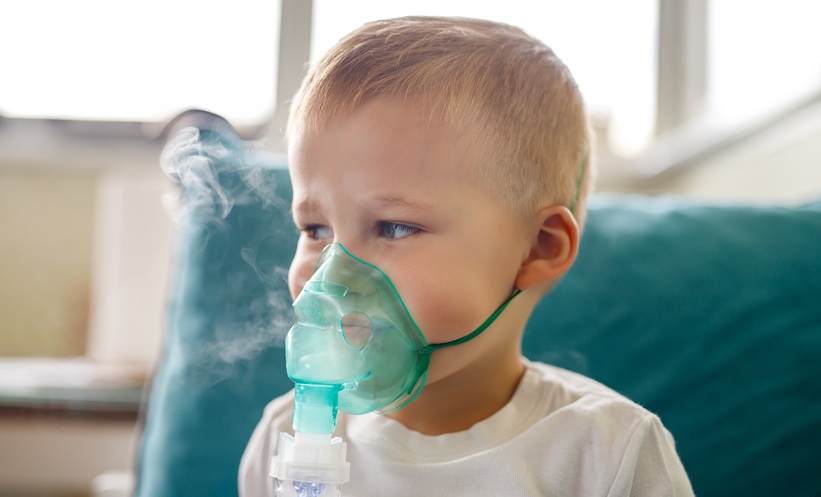A LARGE multicentre study has found that repeated exposure to antibiotics during the perinatal period in very low birth weight (VLBW) preterm infants is associated with impaired lung function by early school age, raising important implications for neonatal antibiotic stewardship.
Researchers analysed data from 3,820 children born with VLBW across 58 centres in the German Neonatal Network between 2009 and 2017. The cohort included only those born by caesarean delivery to control for delivery-related factors. Participants were stratified into three antibiotic risk score (ARS) groups based on the degree of maternal and neonatal antibiotic exposure: ARS I (surgical prophylaxis only), ARS II (prophylaxis plus postnatal antibiotics), and ARS III (additional antenatal maternal treatment). Lung function was assessed at 5 to 7 years of age using spirometry. Data analysis was conducted from May 2024 to February 2025.
Among the 3,109 children born via caesarean delivery, increasing levels of antibiotic exposure were significantly associated with reduced forced expiratory volume in one second (FEV1) z scores. Children in ARS II had a mean FEV1 z score 0.31 lower than those in ARS I (β=−0.31; 95% CI: −0.59 to −0.02; P=0.03), while those in ARS III showed an additional decrement (β=−0.27; 95% CI: −0.46 to −0.08; P=0.006). Secondary outcomes revealed that ARS III children also had lower forced vital capacity (FVC) z scores (β=−0.23; 95% CI: −0.43 to −0.03; P=0.02) and nearly double the odds of childhood asthma episodes (OR=1.91; 95% CI: 1.32–2.76; P=0.001).
These findings suggest that frequent early-life antibiotic exposures may have enduring respiratory consequences for preterm infants. Careful consideration of antibiotic use in neonatal care is essential to safeguarding long-term pulmonary outcomes in this high-risk population.
Reference
Fortmann I et al. Perinatal antibiotic exposure and respiratory outcomes in children born preterm. JAMA Netw Open. 2025;8(5):e259647.








